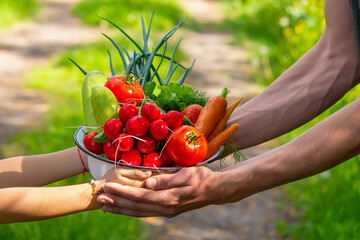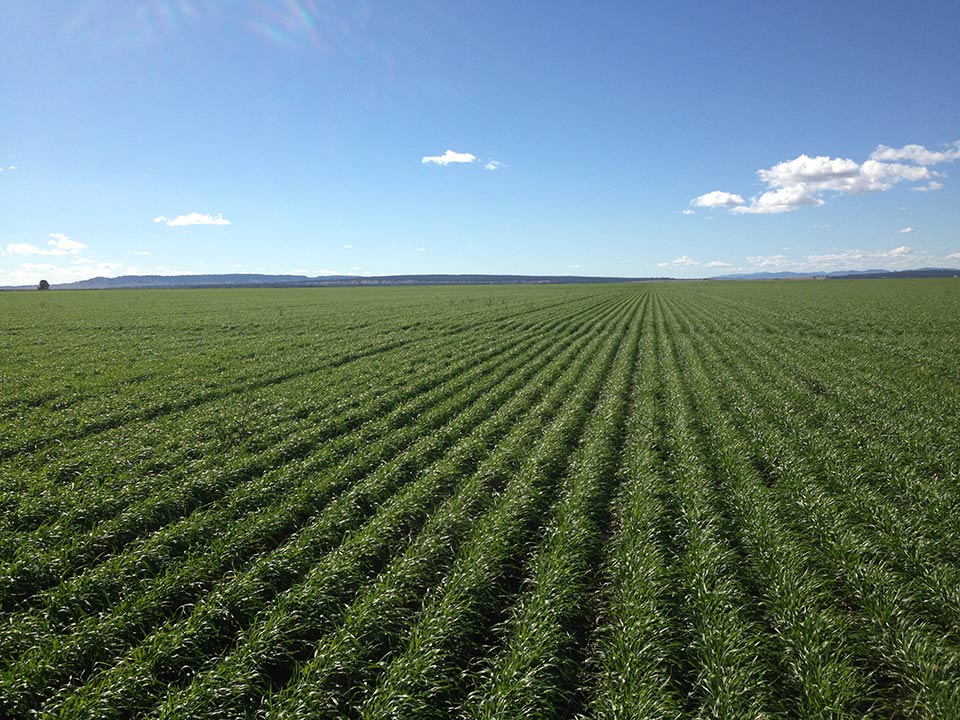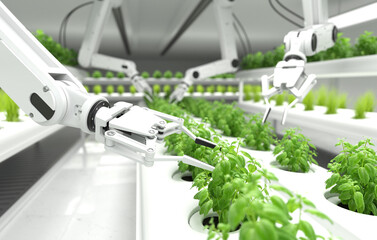What Food Security Relates to, Customarily Depends on Who is Controlling the Narrative
Of the research carried out to date in relation to the issues affecting Food Security, it reveals a narrative by Governments and global NGOs that is truly misleading. Why would the information by Governments and NGO's around such an important issue be considered misleading you may ask?

There appear to be several reasons that include:
- Governments now support WEF, WHO and UN agenda that aims to control world food supply, and therefore control of information. The intent to mislead the population is known to be part of their strategy.
- Those working within the Government departments and non Government organisations in charge of producing food security related information are using a top down approach with an indoctrinated bias that distorts their perspective. Climate change and Covid 19 are acute examples of this, along with famines in Africa.
- It would appear there is a purposeful oversight relating to the importance and relevance of the bottom up approach to food security. For example, people being encouraged to create their own food security within communities.
- The supply of food has generally been commercialised to a point where large scale farming, global supply chains and export markets for produce are considered relevant indicators to which food security is measured or monitored. This information has little relevance to self sufficient communities and the mechanisms that support food security at local and regional levels.
How Governments and Globalist Groups Represent Food Security

Firstly, we must understand that food security needs to be related directly to whom is affected by controls or restrictions upon the ability to farm, grow, harvest, supply, exchange and source food. This is 'ground zero' for food security. Whereas, a top down approach is less relevant or useful to those communities that have no need to rely on global statistics.
Take the following two sources from the "European Food Security Portal". Both are focusing attention away from "ground zero" operations using "risk monitoring" criteria that relates to global food production (Top down approach) and includes:
- Covid 19 cases from data sources such as; WHO, US CDC, China NHC, ECDC, and DXY
- Armed Conflict information
- Crop Monitoring information: likely to impact global food production
- Climate data: assessment using satellite products related to weather
GEOGLAM
The GEOGLAM Initiative is designed to build on existing agricultural monitoring programs at the national, regional, and global levels and to enhance and strengthen these programs through international networking, operationally focused research, and data/method sharing.
NASA HARVEST
NASA Harvest’s mission is to enable and advance adoption of satellite Earth observations by public and private organizations to benefit food security, agriculture, and human and environmental resiliency in the US and worldwide.
It is evident from this information that Governments and organisations around the world are publishing a misleading food security narrative, that might sound important to the brainwashed climate change advocate, but has very little relevance to the issues around food security that impinge upon a self sufficient community.
